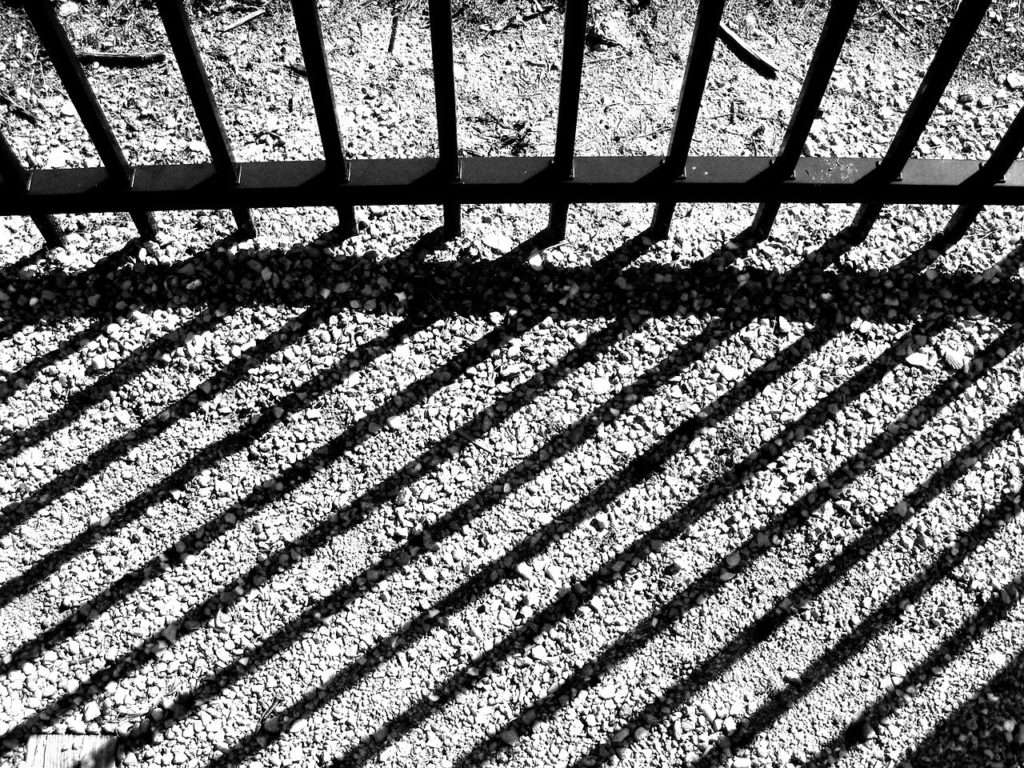Data collected from a February 2019 MyVoice survey noted 56% of those surveyed knew little when responding to questions such as “When youth commit a crime, the juvenile justice system determines what happens to them. What do you know about this system?”
The study suggests that knowledge and awareness of how the juvenile justice system currently functions is crucial to inform policies that can actually serve the needs of young people.
Young people were found to have a limited knowledge of the juvenile justice system, according to a national poll of nearly 1,000 teens.
“Mostly I know what I have seen in TV shows and movies. Which (I) question the accuracy of,” one respondent said. “Otherwise I know a small bit from media like news.”
That is a similar rate as adults’ understanding of the adult criminal justice system.
Appearing in Salon magazine, ‘American youth don’t know much about the juvenile justice system’ was co-authored by Tammy Chang MD, MPH, MS (Department of Family Medicine, U-M and the Institute for Healthcare Policy and Innovation, U-M), Omar Ilyas (Institute of Healthcare Policy and Innovation, U-M) and Vic Wiener (College of Law, University of Tulsa).
The lack of knowledge of the justice system also became apparent once some young people entered the system.
This was referenced from a 2018 Broken Bridges report from the Juvenile Law Center.
“On my way to court, right before I got there, my worker told me I was not going home. They did not tell me how long I was staying. I was 14; I didn’t know anything,” said Alex, a young person quoted in that report.
Not only were young people unaware of how the system worked, but results were mixed on the perceived intent of the juvenile justice system. The MyVoice survey found 65% stated the purpose of this system “should primarily be to rehabilitate, educate or prevent future criminal behavior.” But, 56% thought a charge or punishment needs to occur when a crime takes place.
The study suggests that knowledge and awareness of how the juvenile justice system currently functions is crucial to inform policies that can actually serve the needs of young people.
“The voices of young people in our study demonstrate a gap where education and greater visibility can help move what is happening in the juvenile justice system out of the shadows,” the investigators note.

